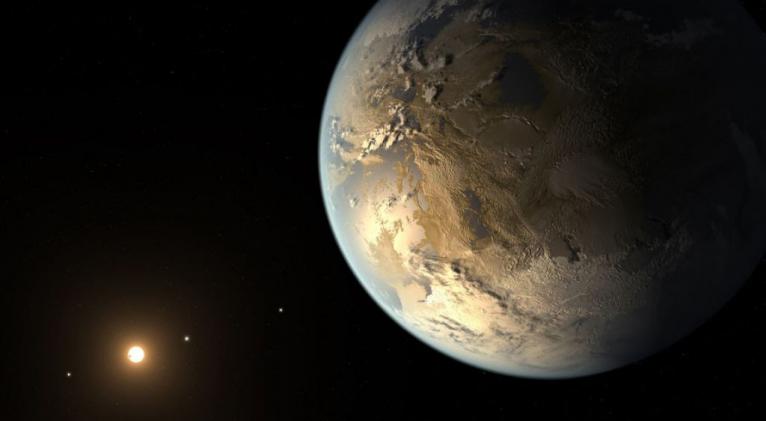Scientists select 20 ‘Earth-like’ planets that could be habitable
especiales

The paper that has been compiled by a team of researchers, led by San Francisco State University astronomer Dr. Stephen R. Kane, will appear in the Astrophysical Journal.
Then, the scientists proceeded to select 20 planets that had rocky surfaces.
“There are very limited resources available for studying the atmospheres of terrestrial planets and so the Habitable Zone is used to select those planets most likely to have liquid water on the surface,” Kane said, as quoted by Tech Crunch. “This will become increasingly important once new facilities, such as the James Webb Space Telescope, are deployed.”
It doesn’t mean that you could just land there and walk freely, scientists say, though they remain hopeful.
“If we were to look at our Earth 3 billion years ago, we couldn’t survive on that planet because there wasn’t oxygen,” lead author Dr. Stephen R. Kane told Gizmodo.
“[These planets] may not be a place where we could just land and take off our helmets, but there are certainly places where there could be all kinds of life living,” he added.
Among the 20 planets, there is one we already know: Kepler 186-f’s discovery was announced in April 2014.
Kepler 186-f is the same size as Earth, and appears to be just at the right distance from its parent star to have liquid water.
The next step for the researchers now will be to study each ‘candidate’ more closely, to estimate their potential to harbor life one-by-one.
"It's exciting to see the sheer amount of planets that are out there, which makes you think that there is zero chance of there not being another place where life could be found," co-author of the study Michelle Hill, an undergraduate Australian student studying in San Francisco, told the Daily Galaxy outlet.
The study took three years and involved researchers at NASA, Arizona State University, Caltech, University of Hawaii-Manoa, the University of Bordeaux, Cornell University and the Harvard-Smithsonian Center for Astrophysics.














Add new comment